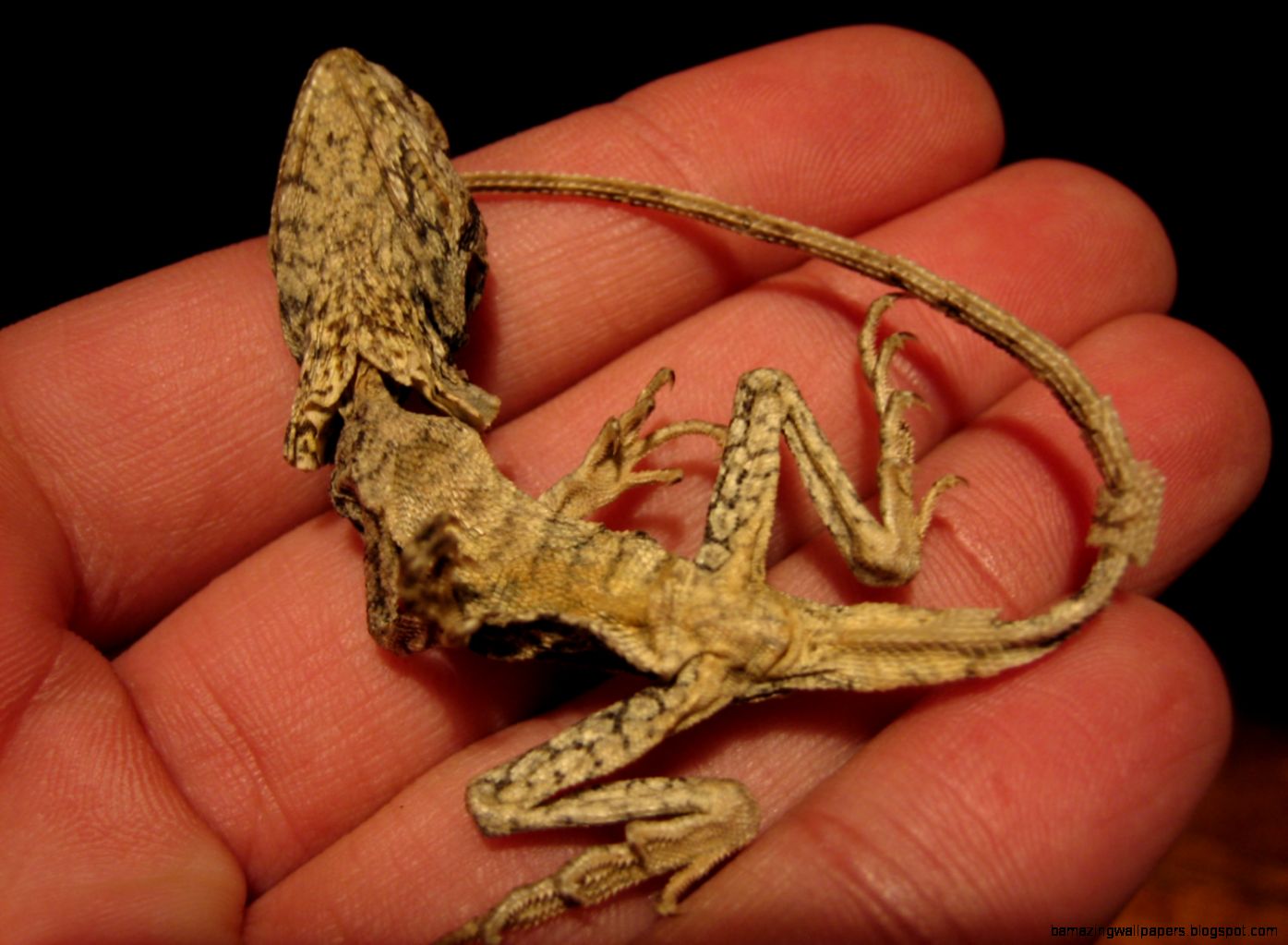How Tall is Mr. Bearded Dragon? The Ultimate Guide for Beginners
Introduction
Mr. Bearded Dragon has become an increasingly popular pet in recent years, thanks to their unique appearance and relatively easy care requirements. One of the most common questions that new owners have is how tall their bearded dragon will grow. In this guide, we’ll explore everything you need to know about bearded dragon height, including how to measure it and what factors can influence it.
How to Measure Bearded Dragon Height
Before we dive into the specifics of height, it’s important to understand how to measure your bearded dragon properly. The easiest and most accurate way to do this is to use a tape measure. Place one end of the tape measure at the base of the beardie’s tail and extend it to the highest point on their back. Make sure to measure in a straight line and avoid any curves or bends in the tape. This measurement will be in inches or centimeters, depending on your preference.
Average Bearded Dragon Height
The average adult male bearded dragon will measure between 18 and 24 inches (45-60 cm) from head to tail. Females tend to be slightly smaller, measuring between 16 and 22 inches (40-55 cm). However, it’s important to note that these are just averages - individual bearded dragons may vary in size based on factors like genetics, diet, and overall health.

Factors Affecting Bearded Dragon Height
As we mentioned earlier, there are a number of factors that can influence how tall your bearded dragon will grow. Let’s take a closer look at each of these factors and how they can impact your pet’s growth:
Genetics
Like many other animals, bearded dragons inherit certain traits from their parents that can affect their size and growth rate. If your bearded dragon’s parents were particularly large or small, there’s a good chance that your pet will follow suit (although there are always exceptions).
Diet
Another key factor in bearded dragon growth is their diet. A well-balanced diet that includes plenty of protein and essential nutrients will help your pet reach their full potential in terms of size and overall health. On the other hand, a poor diet that’s lacking in key nutrients can lead to stunted growth and other health problems.
Environmental Factors
Finally, environmental factors like temperature, humidity, and light can also play a role in bearded dragon growth. These factors can impact everything from digestion to metabolism, which in turn can affect how quickly your pet grows. Make sure to provide your bearded dragon with a warm, sunny environment that mimics their natural habitat as closely as possible.
Conclusion
So, how tall is Mr. Bearded Dragon? As we’ve seen, there’s no one-size-fits-all answer to this question. Bearded dragons can vary quite a bit in size based on genetics, diet, and environmental factors. The best way to ensure your bearded dragon reaches their full potential in terms of size and overall health is to provide them with a nutritious diet, a warm and sunny habitat, and regular veterinary care. By doing so, you can enjoy many happy years with your pet dragon friend!
